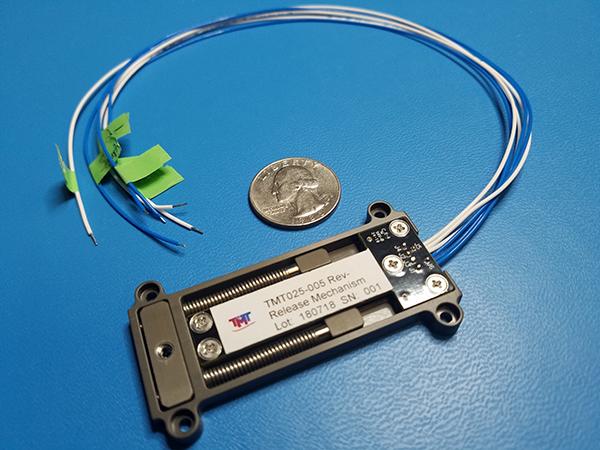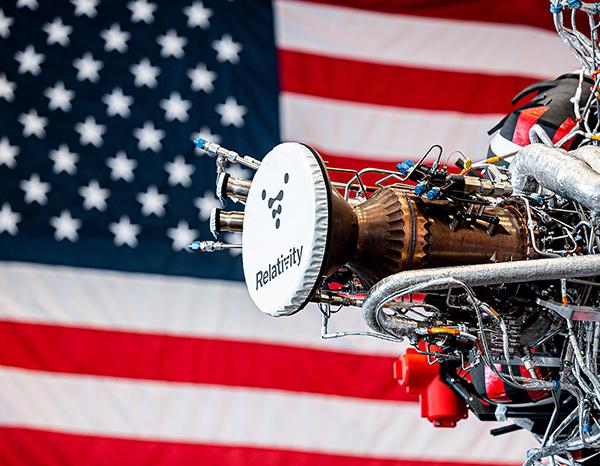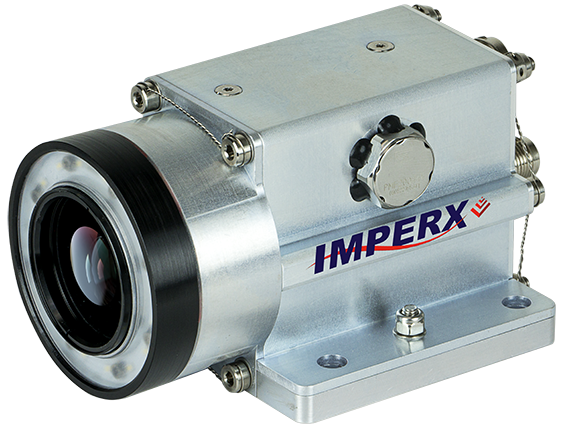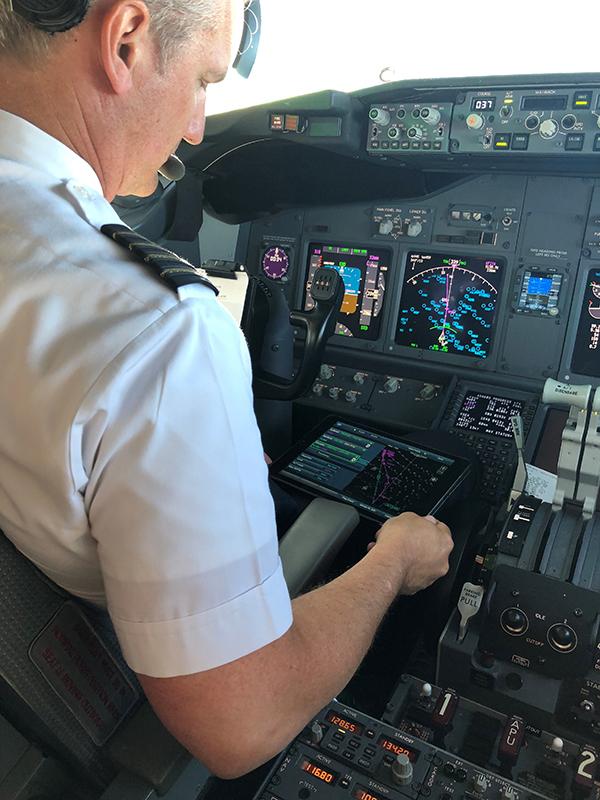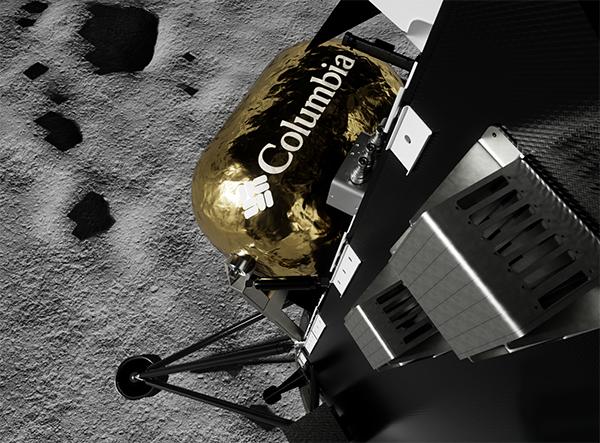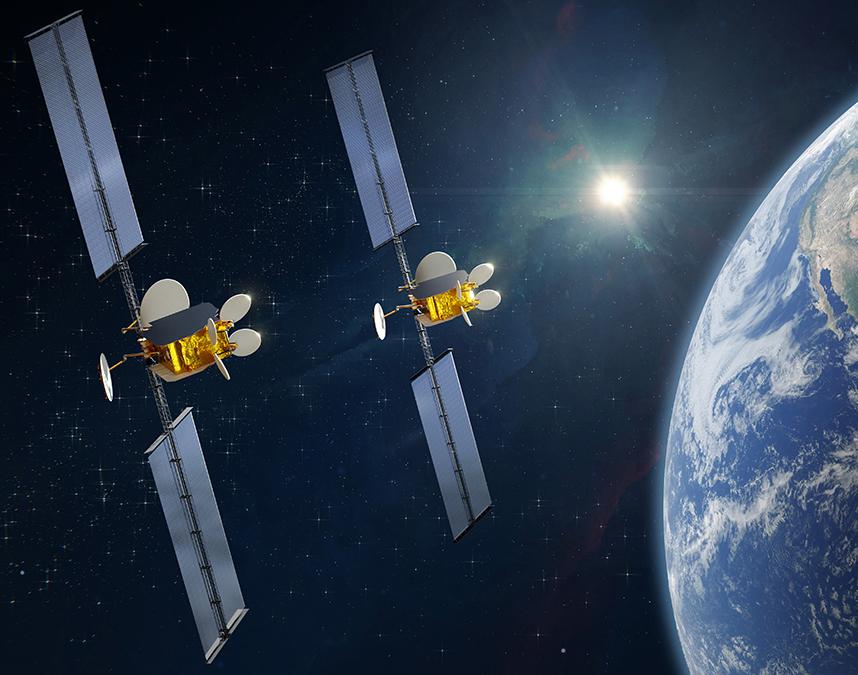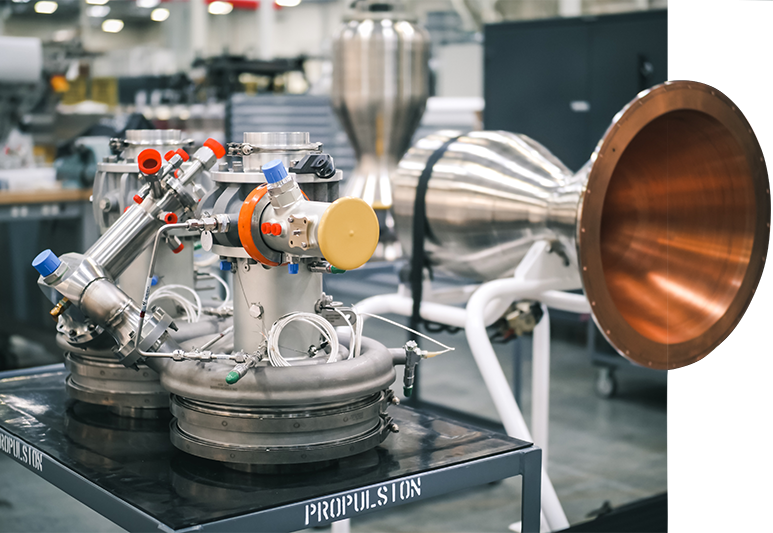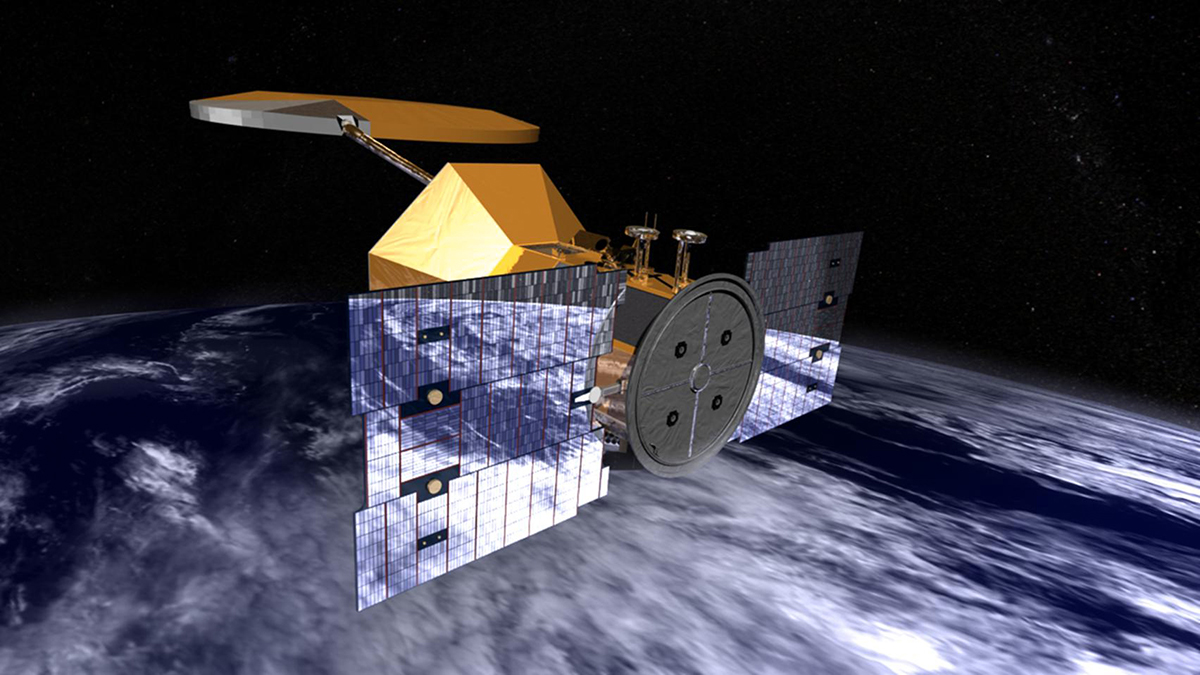
New Energy Source Powers Subsea Robots Indefinitely
Subheadline
Power modules driven by ocean temperatures save money, reduce pollution by living forever
When it comes to mapping new territory, NASA’s record swamps Lewis and Clark’s. And the space agency doesn’t only chart other stars and planets – a vantage point from space also allows a great view of Earth. Now a recent NASA invention could allow robots to map our planet’s entire seafloor, helping to unlock valuable resources while protecting marine habitats. While the aquatic sonar devices for such an operation are not new, they’ve been severely hampered by batteries that leave them dead in the water.
Based on technology created at NASA’s Jet Propulsion Laboratory in Southern California and licensed from the California Institute of Technology, Seatrec Inc. of Vista, California, now offers the first energy source for subsea robots that is powered entirely by its environment, allowing devices to work in the open ocean indefinitely, without any intervention.
After earning his doctorate in ocean sciences, Yi Chao took a job at JPL to dedicate himself to ocean studies. His choice might seem counterintuitive, but the space agency has made the study of Earth – including its oceans and icecaps – a major priority, launching dozens of satellites with hundreds of sensors to measure sea levels, temperatures, salinity and much more.
“I spent the first 15 years or so at JPL studying the ocean from space,” said Chao, including a career highlight as project scientist for the Aquarius satellite mission that measured the salinity of ocean water. One challenge of the mission was to calibrate the satellite’s instrument against direct measurements of salt content from sensors that Chao and his team had to distribute across the oceans. While the satellite effortlessly whipped around Earth many times a day gathering readings, those oceanic distances remained stubbornly vast for researchers crossing them by boat.
“We went out to sea for 30 days,” he said. “We deployed – and we asked our colleagues in universities to deploy – all kind of robotic platforms to collect data in the middle of the Atlantic Ocean, not only near the surface but also below the surface, so we can calibrate and interpret what we’re measuring from space.”
The experience showed him how difficult it remains to access many of the world’s open oceans, which may lie more than a week from the nearest major ports, and it taught him about the robots that monitor conditions there. Their most limiting factor, he learned, is energy, especially for underwater sensors that can’t rely on the renewable energy that’s available at the surface from the Sun, wind, and waves. All subsea robots are currently battery operated, and when the battery dies, the owner can either leave the sensor to become pollution or charge the battery on a ship. In the open ocean, that ship costs around $50,000 a day and burns tons of diesel fuel.
“I really had an opportunity to know the challenges of underwater robotics, and especially energy, and settled on this particular bottleneck that I want to address,” Chao said.
Robots Rise Up
He recruited two JPL colleagues, and they set out to build a different kind of power source for subsea robots, with funding first from JPL and then from a JPL contract with the Navy, which was also interested.
To generate power, they settled on phase-change materials, substances that transition between phases – usually between solid and liquid – at certain desirable temperatures. NASA often uses phase-change materials to blunt temperature extremes in space, but Chao’s team wanted to generate power by taking advantage of the change in volume that accompanies a change in phase. Most substances, with the exceptions of water and metals, expand when they melt and contract when they freeze.
“We use the kinetic energy from that volume expansion to spin the motor and then turn the mechanical energy into electricity, and now you can recharge your battery,” Chao said. It’s an old concept and basically the way a steam engine works, using water’s expansion into steam to turn a motor. But the solid-to-liquid transition creates only about a 10% expansion. The challenge, therefore, is to make the most of the small amount of energy it generates. “So every component has to be super-efficient,” Chao said. “That’s why people have tried this and didn’t think it’s enough energy to convert. We are the first to go through the process end to end and pick the highest-efficiency components, and eventually we can generate a sufficient amount of energy for an underwater robot.”
The robots cause the material’s temperature to change simply by rising and falling through the ocean, something they typically have to do anyway, surfacing to determine their position via GPS and transmit the data they’ve collected to satellites. The team selected a common industry-grade paraffin-family material with a melting point around 50°F, right between the typical deep ocean temperature of about 40°F and surface temperature around 70°F. But that material can be swapped for one with a higher or lower melting point depending on the environment.
At JPL, the team built and demonstrated a prototype float in 2011, followed by an underwater glider that operated on the same principle but could also move horizontally. Over the next few years, Chao worked on exclusively licensing the invention from the California Institute of Technology, which manages JPL, and founding Seatrec.
Occupying Earth’s Final Frontier
The company now sells its first power module for diving floats, called SL1, to research labs, universities, government researchers, and the military. But Chao envisions a much larger market in the near future, starting with efforts to map the 80% of the seafloor that remains uncharted today. The military is interested in seafloor mapping, he said, especially for submarine navigation, but so are companies that drill for oil and gas or build wind farms offshore, as well as communications companies laying transoceanic internet cables and environmental conservation groups that want to learn more about the locations of marine habitats.
Mapping all that seafloor by ship would cost billions of dollars and require a fleet of hundreds of huge, global-class vessels, Chao said, noting that only about a dozen such ships are actually available for this sort of work. Mapping the ocean floor from the surface also requires high-powered sonar to cut through noise in the upper ocean, whereas a float can dive down to 500 meters or deeper to map the seafloor with much less energy and little disturbance to marine wildlife. “So we are enabling mapping the ocean floor from a subsea platform for the first time,” Chao said.
Other markets include companies managing offshore operations, from oil wells and wind turbines to fish farms, which need underwater sensors to monitor conditions and equipment. And anyone laying cables or mining for rare Earth elements on the seafloor needs to assess the local environment and wildlife.
Weather and climate studies will be another important application, especially improving hurricane predictions, whose accuracy and timeliness save lives and property. It’s the water temperature 30 or 50 meters deep that will ultimately fuel or starve a tropical storm, Chao said, but it’s not monitored in real time because current underwater sensors only surface every 10 days or so to conserve their batteries. “Many hurricane forecasters and oceanographers believe that’s the last missing piece of information we need to increase the accuracy of storm intensity prediction.”
And he said the company is working on a project to outfit floats with underwater microphones to quantify sound in the ocean. These would help cargo ships avoid whale strikes and are also of interest to both conservation groups and the Navy.
“Once you have energy underwater, there’s a variety of use cases you can think about,” Chao said. In all, he said, there are already about 4,000 robotic sensors floating in oceans around the world, 1,000 of which expire every year due to dead batteries. With an SL1 power source, he said, they could not only operate indefinitely but could also transmit data much more often because surfacing would generate more energy than it would expend.
Seatrec plans to commercialize a system to power underwater gliders using the same solid-to-liquid phase-change technology. In the future, the company hopes to develop a power station that would cycle a liquid-to-gas phase-change material through ocean depths, creating an order of magnitude more energy, which could recharge more power-hungry robots at sea. And Seatrec has a grant from the Navy to deploy a power station on the Arctic ice, taking advantage of the difference between water temperatures and the much colder air above the ice.
As the company continues to refine the technology, Chao said, it can be applied to various temperature ranges and applications. “Anywhere you have a temperature difference, we can turn that into electricity.”
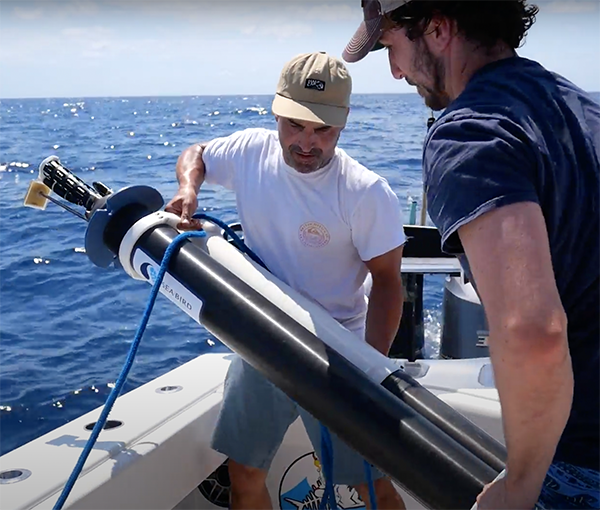
From left, Michael Zedelmair and Miles Mallinger, both of Seatrec, and Capt. Todd Black of Fish Heads La fishing charters, deploy a float with one of the company’s SL1 power modules in the Gulf of Mexico before the 2022 hurricane season to collect data that could improve hurricane predictions. Credit: Seatrec Inc.
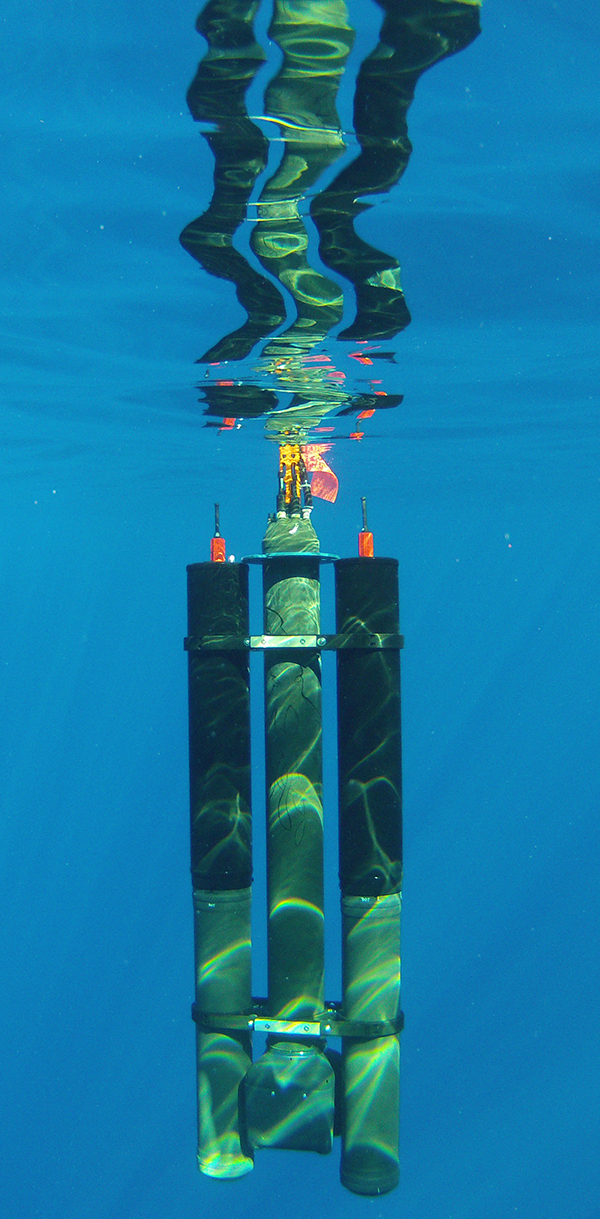
Two of Seatrec’s SL1 modules are attached to a robotic float. The modules generate power from changes in volume undergone by phase-change materials as the float rises from colder deep water to warmer surface water. By adding a second module, the operator doubles the available energy. Credit: Seatrec Inc.
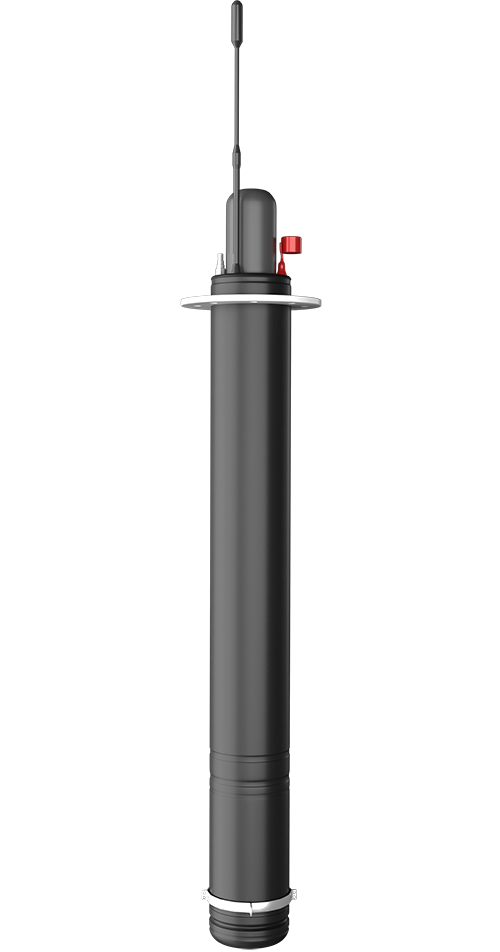
In February of 2023, Seatrec released its second-generation float product, the InfiniTE, which integrates a robotic float and an SL1 power module in one unit. Credit: Seatrec Inc.
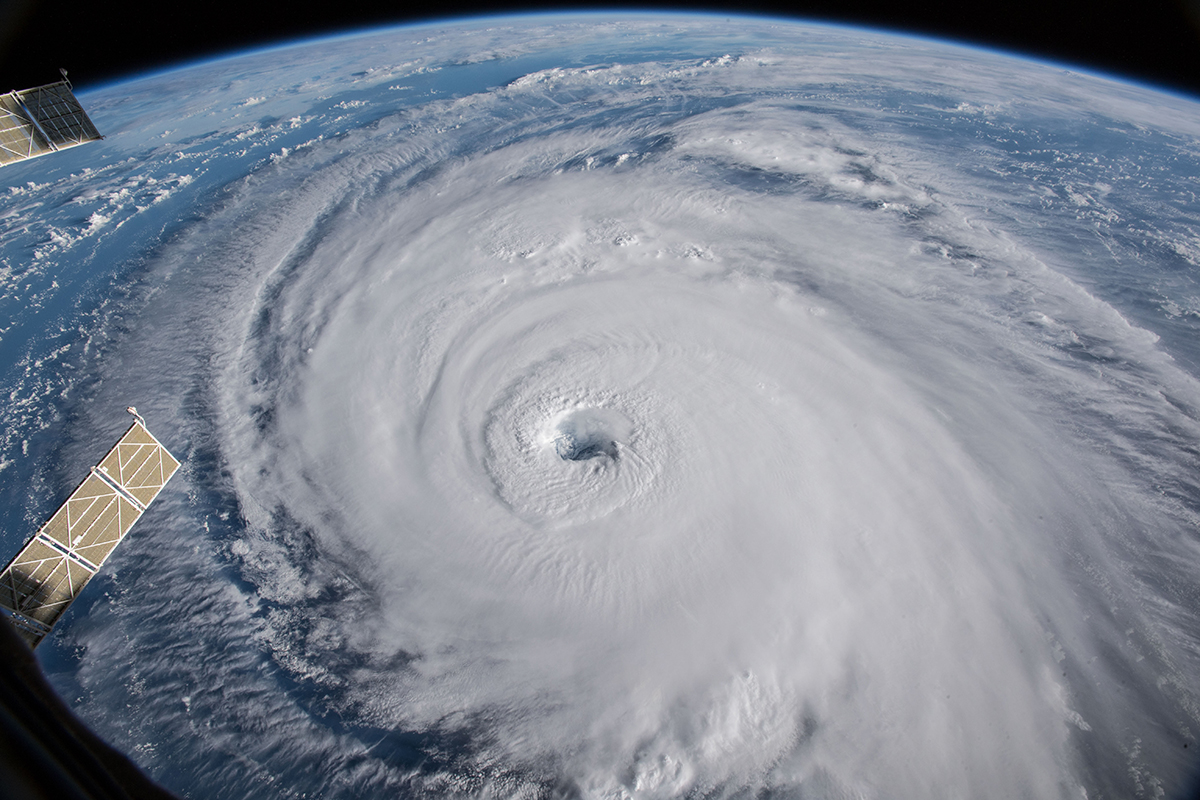
Seatrec hopes its technology will help save lives and property by multiplying the data available to make hurricane predictions. For example, ocean temperatures 30 to 50 meters deep are what starve a tropical storm or feed its growth into a hurricane like Hurricane Florence of 2018, seen here from the International Space Station. But any data collected at those depths is currently available only intermittently. Credit: NASA

NASA’s Aquarius instrument aboard the joint U.S. and Argentinian Satélite de Aplicaciones Científicas mapped the surface salinity of Earth’s oceans between 2011 and 2014. To calibrate the instrument, a team from NASA’s Jet Propulsion Laboratory, including project scientist Yi Chao, had to distribute robotic floats across oceans. The experience helped inspire Chao’s invention of an inexhaustible power source for ocean floats and sensors. Credit: NASA







